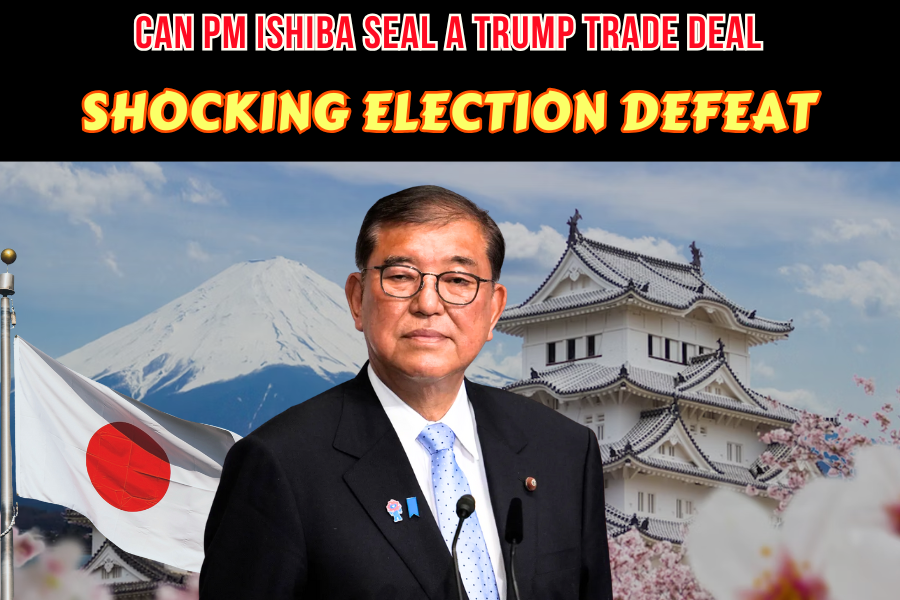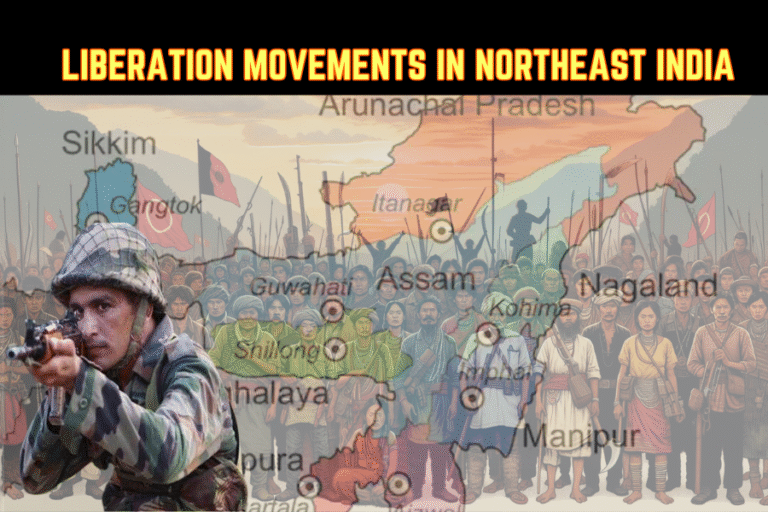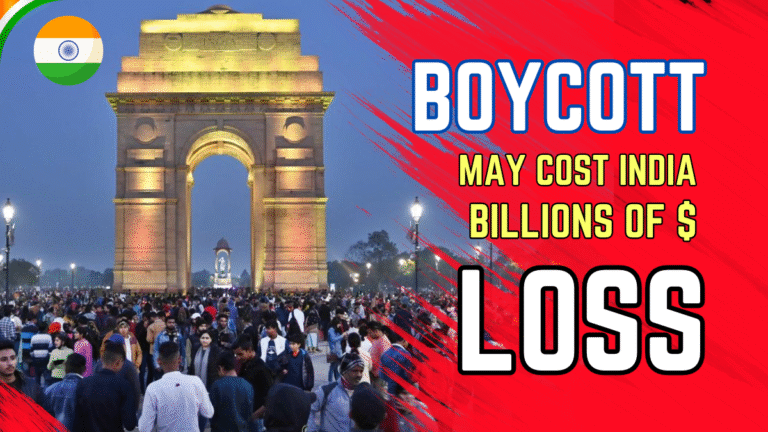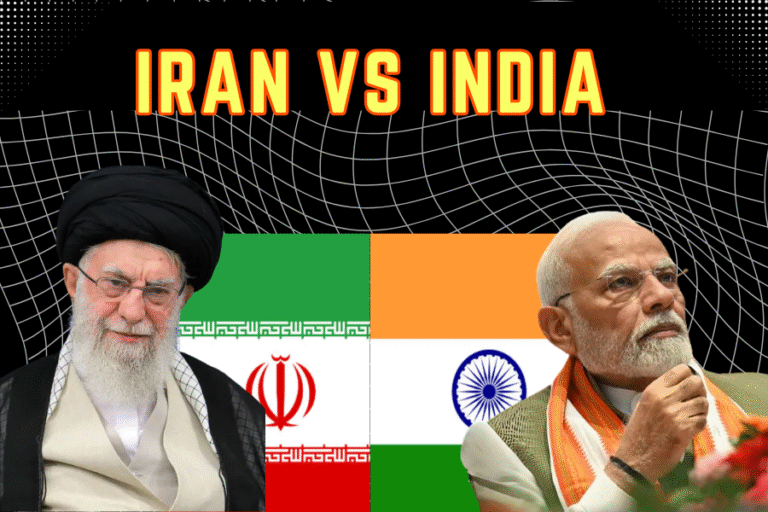(By Khalid Masood)
Can a beleaguered Japanese leader outmanoeuvre political chaos and a volatile U.S. President to secure a critical trade deal? On 20 July 2025, Japan’s Liberal Democratic Party (LDP) suffered a seismic defeat in the House of Councillors election, losing its majority in both parliamentary chambers for the first time since 1955, leaving Prime Minister Shigeru Ishiba’s government on the brink. As Tokyo races against a 1 August deadline to finalize Japan–U.S. tariff negotiations and avert President Donald Trump’s 25% tariff threat, the fallout ripples 3,500 miles to Pakistan’s textile hubs in Karachi, Lahore, and Faisalabad. With yen depreciation slashing export costs and global trade tensions escalating, this article dissects Ishiba’s precarious path, the election’s underlying dynamics, the trade deal’s high stakes, and the implications for Pakistan’s $1.7 billion textile exports to Japan.
CONTEXT: JAPAN’S POLITICAL EARTHQUAKE AND TRADE CRISIS
The 20 July 2025 election saw 124 of 248 upper-house seats contested, with Ishiba’s LDP–Komeito coalition securing only 47, missing the 50 needed for a 125-seat majority, per NHK. The right-wing populist Sanseito party surged to 14 seats, capitalizing on 112% rice price inflation and LDP corruption scandals, while the Constitutional Democratic Party of Japan (CDPJ) won 59, per The New York Times. This dual-chamber minority, unprecedented since the LDP’s founding, invokes Article 69 of Japan’s Constitution, mandating cabinet resignation or lower-house dissolution if a no-confidence motion passes. Ishiba, who won the LDP leadership by 21 votes in September 2024, faces a “national crisis” with Trump’s tariffs targeting $180 billion in Japan–U.S. trade under Section 232 of the U.S. Trade Expansion Act, per Reuters. X posts reflect voter frustration, with @azabu_food calling Ishiba’s stance “damaging” and @hiroshiok531 warning of a “right-wing nightmare” if Sanseito gains further ground.
ELECTION DYNAMICS: VOTERS, POPULISM, AND LDP’S DECLINE
Japan’s electorate, with 29% over 65, split sharply in 2025, per The New York Times. Older voters traditionally backed the LDP for stability, but soaring rice prices (112% year-on-year), stagnant wages, and social security burdens drove younger voters to Sanseito’s “Japanese First” platform, which blends anti-immigration, anti-vaccine, and traditionalist rhetoric, per NPR. Sanseito’s leader, Sohei Kamiya, a 47-year-old ex-reservist, won younger voters with Trump-inspired populism, securing 14 seats from one, per The Japan Times. The Democratic Party for the People (DPP) quadrupled to 17 seats, promising higher take-home pay, while the CDPJ, led by Yoshihiko Noda, gained 59 seats but struggled to unify opposition, per NHK. Voter turnout, at 52%, reflected apathy and anger, with human rights protests against Sanseito’s xenophobia, per The Asahi Shimbun. The LDP’s 70-year dominance, rooted in postwar stability, is fraying as generational divides and economic woes fuel populist surges, per Waseda University’s Romeo Marcantuoni.
ISHIBA’S TRADE GAMBIT: LEGAL AND POLITICAL HURDLES
Japan’s tariff talks, led by Ryosei Akazawa, aim to avert Trump’s 25% tariffs on autos (28% of U.S. exports) and a 24% reciprocal tariff on other goods, paused until 1 August, per The Guardian. Under Article 73, the Cabinet holds treaty-making power, but Diet approval via opposition-controlled committees is politically vital, per Article 7 of the Diet Act. Ishiba’s team is exploring a mini-deal under Article 7 of the Cabinet Law, initialling an executive agreement by 30 July for later ratification, with a 40% chance, per the provided text. Trump demands Japan open its rice market (682% WTO tariff quota) and buy U.S. cars, which Ishiba resists to protect rural voters, per NPR. Japan’s $1 trillion U.S. investment pledge in February 2025 failed to sway Trump, who called Japan “spoiled” on Truth Social, per Reuters. The auto sector, employing 8% of Japan’s workforce, faces a $1.3 billion profit hit for Toyota alone, per The New York Times. Akazawa’s eighth U.S. trip, planned post-election, underscores urgency, per TV Asahi.
FOUR SCENARIOS FOR JAPAN’S NEXT TEN DAYS
- Survival Coalition: Ishiba courts conservative independents and DPP splinters for a trade bill, signing by 31 July, averting tariffs. Likelihood: 35%, per Teneo.
- LDP Leadership Spill: Article 6 LDP Rules triggers a leadership vote, stalling talks. Tariffs hit, yen falls past ¥165/$1. Likelihood: 30%.
- Grand Coalition with CDPJ: Labour and environmental clauses delay ratification to autumn, risking tariffs. Likelihood: 20%.
- Snap Lower-House Election: Article 69 dissolution resets politics, spiking market volatility. Likelihood: 15%, per The Wall Street Journal.
PAKISTAN’S TEXTILE STAKES: YEN, COMPETITION, AND OPPORTUNITY
Pakistan’s $1.7 billion textile exports to Japan (2024, per Pakistan Bureau of Statistics) hinge on yen dynamics and trade outcomes. Post-election yen depreciation (3% JPY/USD drop, 18% surge in yen-rupee swaps) makes Pakistani cotton yarn 2–3% cheaper, boosting competitiveness, per Karachi forward markets. If Scenario B triggers further yen weakening, Japanese brands like Uniqlo may source more from Pakistan under the EU’s GSP+ scheme, expiring 2026, per Dawn. However, a Japan–U.S. deal granting zero-tariff access for Japanese synthetic fibres (e.g., Toray) could flood North America, threatening Pakistan’s $4 billion knitwear exports, per The Express Tribune. The Japan–Pakistan Economic Partnership Agreement (EPA), stalled since 2019, faces further delays, with MOFA Pakistan postponing a September 2025 round, per the provided text. Islamabad must hedge yen exposure, diversify to ASEAN markets, and lobby for GSP+ renewal to counter U.S. tariff risks, per the Japan–Pakistan Joint Business Council.
GEOPOLITICAL RIPPLE EFFECTS
A weakened Ishiba undermines Japan’s QUAD supply-chain resilience, opening doors for China’s Belt and Road in Asia, per The New York Times. Sanseito’s xenophobic rhetoric, proposing a “foreigner agency,” may embolden EU populists, complicating Pakistan’s GSP+ renewal in 2026, per Brussels analysts. The UK, eyeing a stalled UK–Japan CEPA, could model a UK–Pakistan trade partnership, leveraging Pakistan’s textile strengths, per The Guardian. Japan’s tepid support for U.S. actions against Iran at the G7 signals strained alliances, impacting Pakistan’s regional strategy, per Reuters. Rising anti-foreigner sentiment, with 3% of Japan’s population as foreign workers, may deter Pakistani labour exports, per The Japan Times.
FUTURE OUTLOOK: NAVIGATING UNCERTAINTY
If Ishiba secures a trade deal, Japan’s economy may stabilize, but Pakistan must accelerate EPA talks to lock in textile access. A leadership spill or election could delay negotiations, spiking yen volatility and offering Pakistan short-term export gains but long-term risks if U.S. markets favour Japanese fibres. Islamabad should explore ASEAN and UK markets to offset U.S. tariff impacts, per The Express Tribune. Japan’s political instability may weaken its Indo-Pacific role, giving Pakistan leverage to deepen Chinese and UK trade ties. Long-term, Pakistan must invest in value-added textiles (e.g., sustainable fabrics) to compete with Japan’s synthetics, per Dawn.
SUMMARY
Japan’s 2025 election shock has left Ishiba’s government fragile, with a 1 August tariff deadline looming. Voter anger, Sanseito’s rise, and LDP’s decline complicate trade talks with Trump, hinging on constitutional levers and coalition gambits. For Pakistan’s textile exporters, yen depreciation offers a window, but a U.S.–Japan deal could threaten North American markets. Strategic hedging, EPA advocacy, and market diversification are critical as global trade and geopolitics shift.







